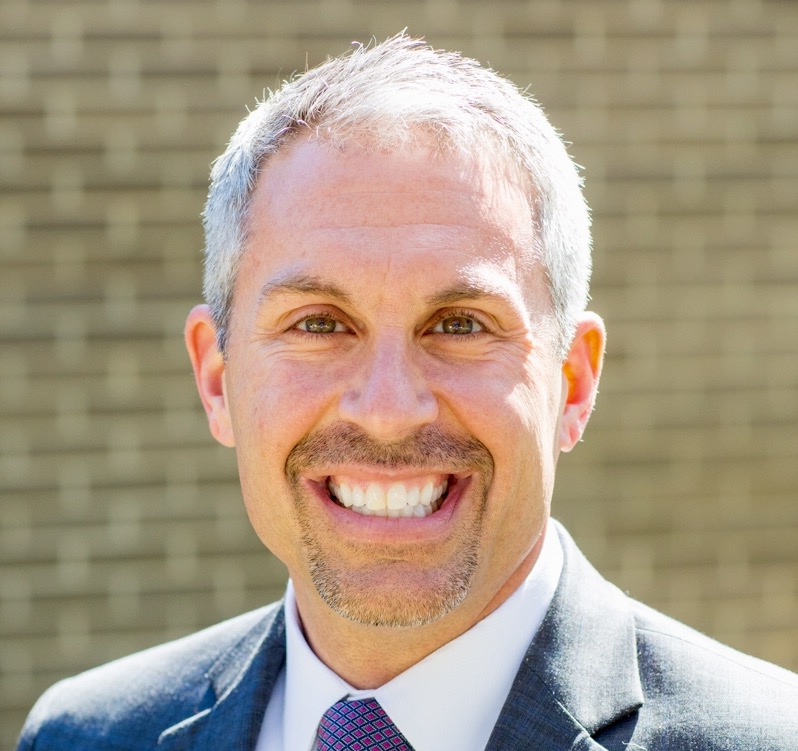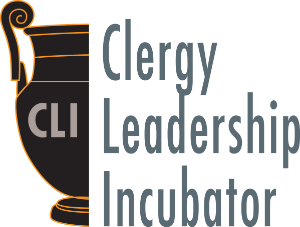Leadership Humility
 I remember the moment vividly. A few years ago, on a cold morning in mid-January, I approached a long line of marchers gathered to honor Martin Luther King’s birthday in downtown Raleigh, NC. I soon spotted a “Beth Meyer Synagogue” banner and walked towards the small but lively group of congregants, huddled with signs, t-shirts, and hot coffee.
I remember the moment vividly. A few years ago, on a cold morning in mid-January, I approached a long line of marchers gathered to honor Martin Luther King’s birthday in downtown Raleigh, NC. I soon spotted a “Beth Meyer Synagogue” banner and walked towards the small but lively group of congregants, huddled with signs, t-shirts, and hot coffee.
I was feeling reflective on that MLK Day, trying to take in the power of marching in the streets of a thriving, yet once-segregated and sleepy Southern city. I was also thinking about my rabbinate. Ten years had passed since I moved from the liberal haven of New York City to my politically-diverse, Conservative shul south of the Mason-Dixon Line. In those ten years, I had fallen in love with my congregation and, in particular, with the people I had met. At that point, I had officiated at enough lifecycle events and spent enough hours in leadership meetings and pastoral sessions that I felt that I had a strong sense of who my congregants were. Not all, of course. But, for many, I knew their stories and their spiritual journeys. Over the years, they shared with me some of their most profound personal struggles and offered me a glimpse of their triumphs. My chance to peer into the window of their lives and perhaps offer pastoral support, has been the single greatest privilege of serving as a congregational rabbi.
In one area, however, I worried that I had failed. Having made the intersection of Judaism and social justice a cornerstone of my rabbinate, I wondered to what degree I was having an impact on my congregants. I knew that the term “social justice” meant different things to different people. And I knew that my congregation’s diversity made it extraordinarily difficult to come together on particular areas of social concern. But a big question lay before me: In the realm of social justice embedded in a congregation, what does success look like?
On one level, I told myself that simply elevating the conversation around social justice could be considered a “win.” Was social justice part of the mission statement of the shul? Yes. Did the synagogue have an active social justice committee? Yes. Did the lay leadership engage in conversations about social justice issues on a regular basis? Yes.
But on that MLK Monday, it was clear that the vast majority of synagogue members were not willing to dedicate their time to activities like this. Even more, I had to admit to myself a harsh reality: Some of my members did not agree that social justice was a primary Jewish value.
I imagine that most clergy, at one point or another, have experienced a “Moshe-esque” moment when they questioned whether they were the right ones to lead the people. If I was a more inspiring leader, I pondered, perhaps more congregants would participate in these types of events. I saw the relatively small turn-out as a sign that the problem was not my congregation. Maybe, the problem was me.
Amidst all of this churning, I saw one of my heroes out of the corner of my eye, the Reverend Jimmy Creech. In the late 1990s, Rev. Creech became the Protestant face of marriage equality and LGBT inclusion when he broke with the American Methodist Church and officiated at the wedding of two men. As a result, Creech was put on a public church trial, convicted and defrocked. This meant, most agonizingly for him, that he would never be able to serve as a parish minister again.
After a hug and a few niceties, he asked, “Are you here with your congregation?”
Exactly the question I feared. A little embarrassed, I shyly responded, “I guess. A few of my people are here.” There was a minyan of my congregants standing out of earshot, but nearby.
He looked at me quizzically so I continued, “You know, Jimmy. Not all of my congregants are as passionate about social justice issues as I am. And many of them don’t agree with me.”
He grabbed me by the shoulders and looked me in the eye, “Eric, that’s because you lead a true community. One that has lots of different voices and opinions but still finds a way to stick together and love each other anyway.”
I looked at him a little stunned. I even thought I might cry.
He finished, “And that’s what I miss most about being a pastor. The community.”
Jimmy Creech reminded me that the ideal congregation is not simply an “Amen corner.” What transforms a group of Jews into a kehillah kedosha, a holy community, is the ability to love, hold and celebrate each other amidst passionate disagreement. Even when that disagreement is with the rabbi.
I once viewed my congregation’s less-than-unanimous support for social justice as a sign of defeat. Rev. Creech helped me realize that it could be a badge of honor.
I admit that there are still days when I wish more of my congregants would more fully stand behind my social justice concerns. But, then, that would no longer be Beth Meyer Synagogue, the community that I’ve come to love and, on most days, loves me right back.
____
Rabbi Eric Solomon is the spiritual leader of Beth Meyer Synagogue in Raleigh and serves as the national co-chair of Truah: The Rabbinic Call for Human Rights.
Is this post useful and interesting? Please consider sharing it with your social networks, and leave a comment below telling us your thoughts!

May 3, 2017 @ 4:44 pm
I so believe in this message. I know from experience that there are times on various social justice issues in the past, I felt pushed, judged not taught, no process took place of education just demands that I believe a certain way. Sometimes in that scenario, I have felt wary of even speaking out, of challenging. What is the point if the teacher is not ready to hear what I have to say. And often my questions are so that I understand a point of view. I have to understand before I can agree. I have always believed that the teaching component comes first. But then the teacher has to stand back with respect and allow room for questioning, doubting, and, yes, differences of opinion. Opinions may change later after there is time to reflect, or for some other reason. Sometimes it is because I need to see that point of view come to life through people I respect. I find it takes longer to convince me of the justice of a position if the person demanding action is shrill. If I feel the person supposedly teaching is shrill and turns me off, and especially, if I consider myself reasonably educated about these issues and might under other circumstances, I often have to stop myself from instinctually pushing back. And sometimes there are enough shrill voices, demanding voices, that I do push back. Because people who don’t agree with the shrill speakers point of view often feel judged and often that is a reality, They may tell me and not the speaker. This is because they know I will listen to them and not judge. I am then sometimes prepared to defend those people’s right listen, reflect, and disagree. The point has not been made in a way that they can hear. And sometimes they do hear, but still have the right to disagree. I try to imagine how those who are new to some of these social justice issues feel. For some, these issues are strange, If they grew up learning what seems to be the norm, a more conservative norm and are suddenly confronted with new values, room has to be made for them to challenge, reflect absorb. Maybe later they will come to agree, will by the points the speaker made but more likely because of some experience in their life, or because of some speaker who makes their point in story form, gaining their sympathy and trust. In my experience, that is a process when I work with people. It’s a process that almost always takes time. When I have taught, I have had to accept that those listeners may not be persuaded at that moment. I that sometimes I listen to a shrill speaker, it’s because of the shrillness don’t agree feel judged and reduced. There is no point in raising points for discussion. I will be judged just for asking questions sometimes. In those situations, I have to fight the urge push back, until I am ready to look at the issue again. That can take much longer than if the speaker is not shrill. If I can do that imagine those congregants with different viewpoints sitting in the seats. If I can feel squashed reduced, just for asking questions or for not being ready to agree, at least not yet, imagine those people who feel less capable of questioning. Sometimes I feel such anger at how I felt my questions, just questions–conclusions mind you, were judged, It’s a shame. It could have been a teachable moment for the speaker. Instead sometimes I feel the need to turn the speaker off in my head. I don’t trust their ability to truly hear me or care. If that is true for me, a rabbi, if I have difficulty getting past the personalities of the people doing the pushing, pushing and demanding that I think a certain way, imagine what it is like for the ordinary congregant. It takes me time to process. When I teach a praise runs through my head when people disagree, “not yet,” they are not prepared to agree yet. In the future, who knows. I’ve done my part, then it’s just a matter of respecting them and waiting to see what happens. It’s a matter of giving them time and space.
Forgive me if this is long. I have had a few concussions (fell on my head just last week.) So, I write as best I can until I more fully recover. But I believe it is coherent, even if not the best written or repetitive.
PS. I am sorry that I missed part of the presentation. But I was so glad that it was offered, liked what I heard, and appreciated the spirit in which the presentation was offered.